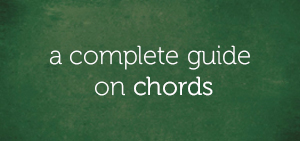Who else wants to know how the octave shrinking technique can be applied? Find out in this lesson.
Check Out Our Resources…
-
Spread The Word
Complete Guide On Chords
16 Chords In 16 Weeks
Categories
Archives
-
Recent Posts
- The Formation Of Diminished Seventh Chords Used To Be Challenging Until I Did This
- How To Form Seventh Chords In Two Shakes Of A Dog’s Tail Using Third Intervals And The Circle Of Fifths Chart
- I Played The 13sus4 Chord And This Happened…
- How To Build Seventh Chords Like An Architect Using “Foundation And Structure” Concept
- This 4-Week Plan Will Help You Master All The Major Scales
- Here’s How Major Sixth Chords Can Be Applied In The Formation Of Major Ninth Chords
Find Us
-

- Home | About Us |
- Contact Us |
- Privacy |
- Videos |
- Home Study Courses |
- Return Policy & Guarantee |
- Affiliate Program |
- Piano Lessons Support |
- Lesson Plan Overview |
- Sitemap
© 2000-2020 Hear and Play Music



 If you’ve been following this blog for a while, you’ve seen several
If you’ve been following this blog for a while, you’ve seen several  Most people just classify chords by name and chord quality (major vs minor, augmented vs diminished). But today, I want to show you another world. Here’s how to think of chords by the number of notes they contain. This will be short and to the point.
Most people just classify chords by name and chord quality (major vs minor, augmented vs diminished). But today, I want to show you another world. Here’s how to think of chords by the number of notes they contain. This will be short and to the point.

